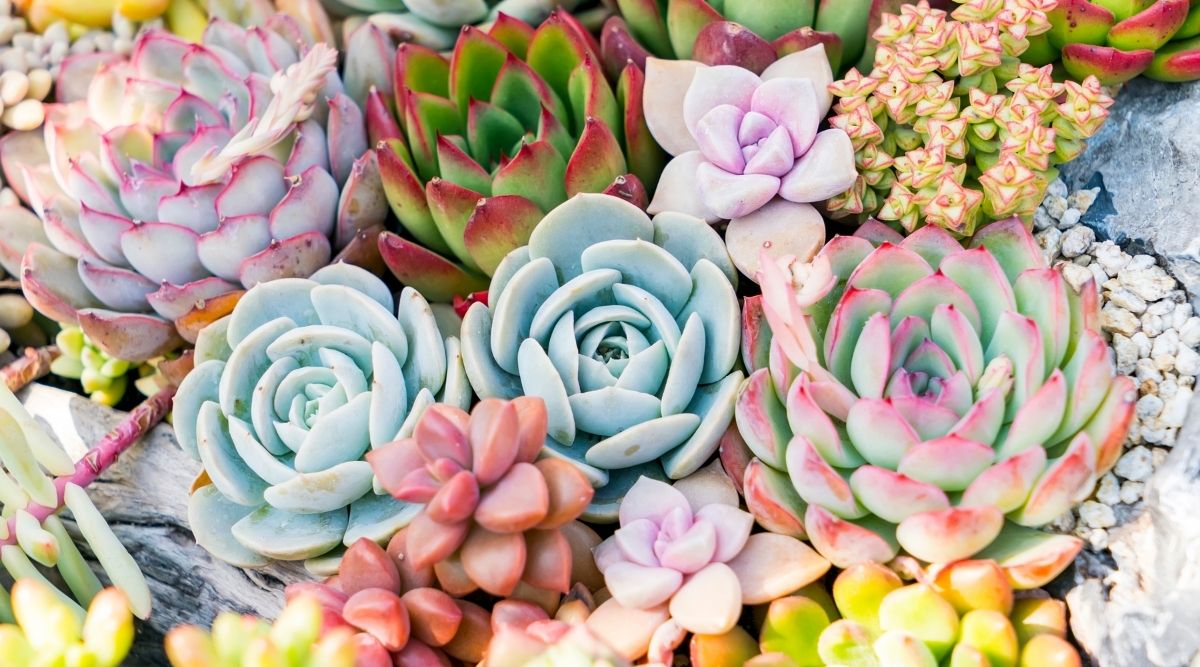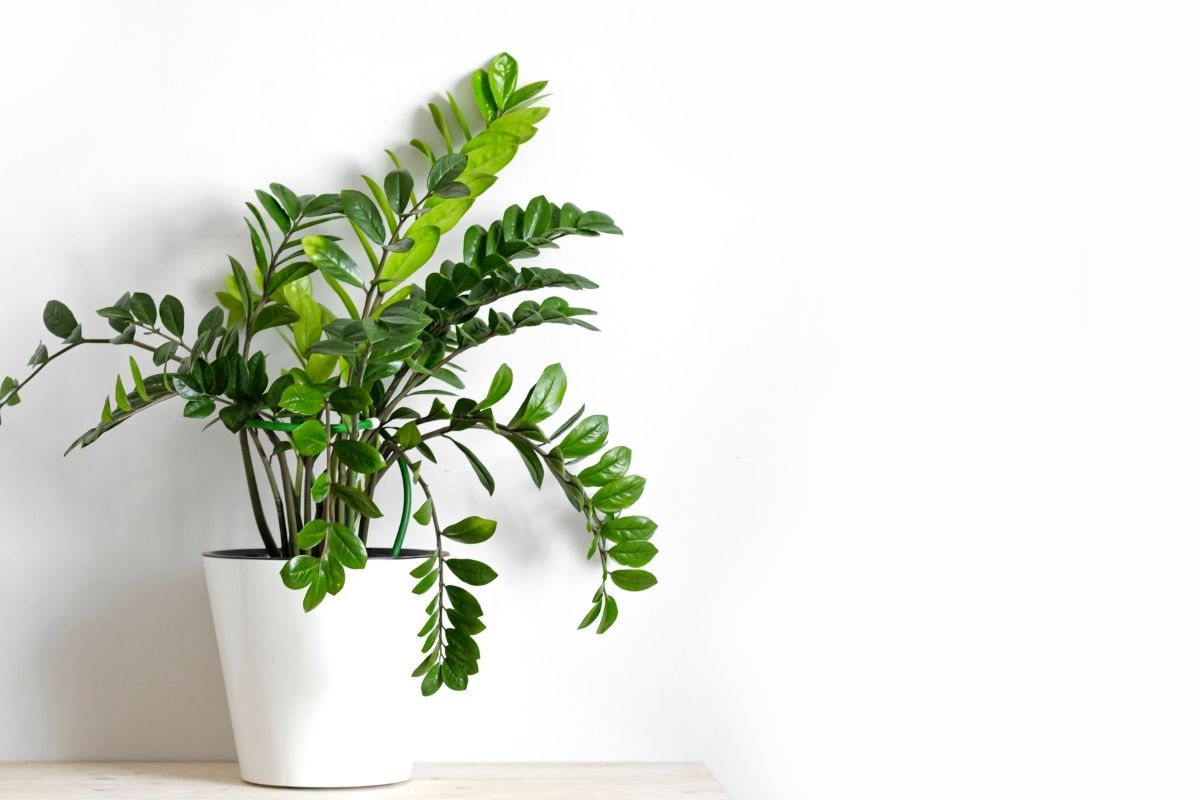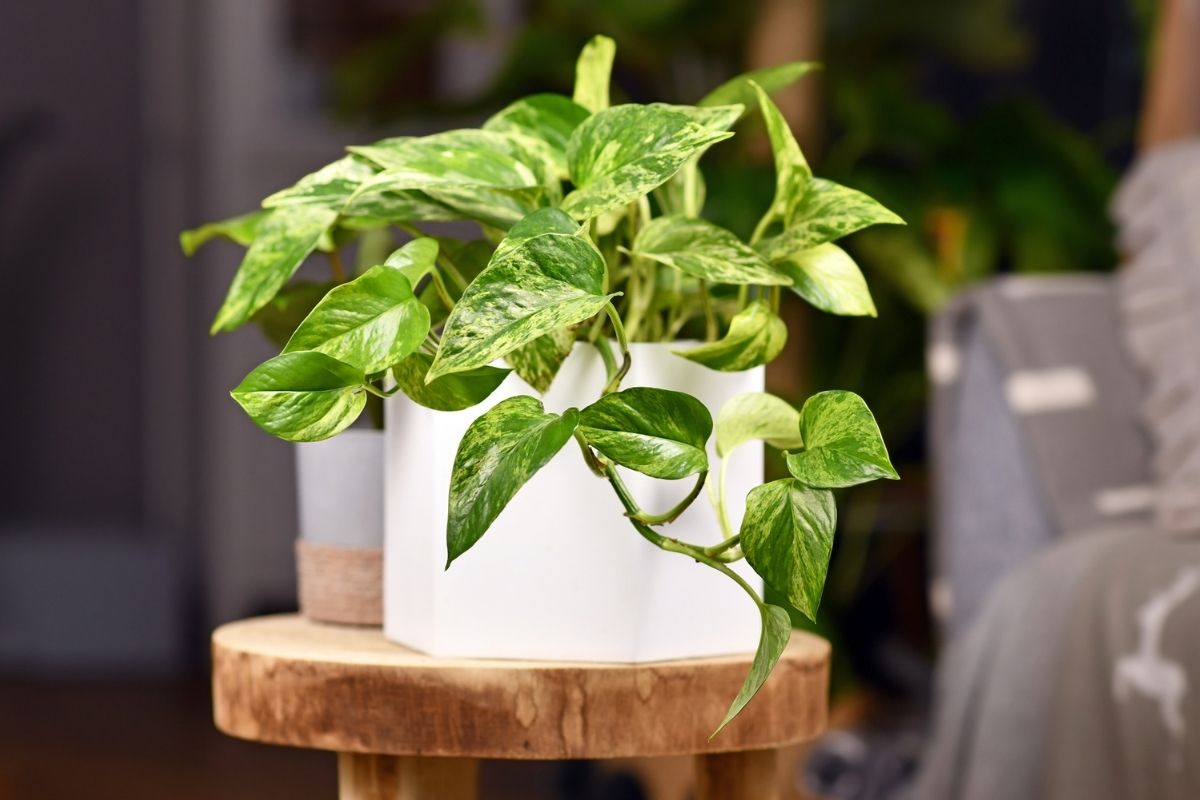Snake plants have become particularly popular houseplants in recent years, and it’s not hard to see why! They are hardy, easy to maintain, they can grow to be very large, and they have a striking and unique look that adds interest to any room.

Saying that, there are a few things that snake plants are pretty picky about. In particular, in order for them to thrive, they require quite a specific level of humidity. If your snake plant is struggling and you’re not sure why it’s likely due to there being too little or too much water vapor in the air.
To learn more about the appropriate conditions for your snake plant, take a look at our info-packed guide below. We include everything you need to know, from how humidity affects snake plants to the best snake plant care tips!
What Is A Snake Plant?
Snake Plants are tropical and subtropical flowering plants in the family Araceae, which includes species such as Alocasia, Monstera, Philodendron, Strelitzia, and Zantedeschia. They have thick fleshy leaves that resemble snakes with long tendrils at their ends.
Snake plants can be found all over the world but they thrive best in warm climates where there is lots of sun and little rain. They have become particularly popular houseplants in recent years, and it’s not hard to see why! The snake plant is a hardy plant that adds interest to any interior or exterior.
How Much Humidity Do Snake Plants Like?
Snake plants prefer a humidity level of about 40% and a temperature of around 70 degrees Fahrenheit. If a snake plant is positioned in an environment that is either too humid or not humid enough for a long period of time, it can begin to affect its overall health and appearance.
Too Much Humidity
A high humidity level can cause problems with your snake plants. When too much moisture accumulates on the leaves, the cells swell up and eventually burst open. This results in brown spots on the leaves. It also makes the leaves more susceptible to insect pests and diseases.
Too Little Humidity
When the humidity level is too low, the leaves will start to droop. This is because when the humidity levels drop, the amount of water vapor in the airdrops. In turn, the snake plant will lose too much moisture through transportation.
How To Keep A Snake Plant Healthy
There are several ways you can help keep your snake plant healthy. With the right information, you’ll be able to keep your snake plant thriving, even in a super humid or super dry environment! Check out our favorite tips and tricks below.
Use A Humidifier Or Dehumidifier
If you live in an area with heavy rainfall, then using a dehumidifier might be necessary. This will reduce the amount of moisture in the air in your home, and will thus provide your snake plant with more optimal conditions.
Conversely, if you live in a particularly dry region, using a humidifier might be a good idea. This will add moisture back into the air so your snake plant has less chance of getting dehydrated.
In addition to being great for your snake plant, humidifiers and dehumidifiers can also be great for you too!
Use Windows

When it comes to keeping your snake plant happy, windows play a huge role. Although snake plants grow in pretty much any light level, from low to high, they grow more quickly in bright light. Growing snake plants in bright light also helps if the environment is too humid.
As such, you should consider placing your snake plant near a window that faces north or west. These areas get the most light from the sun during the day. However, if a snake plant receives too much bright direct sunlight, there is a chance that its leaves will scorch.
To give our snake plants the best chance, we tend to situate them in a position that gets a lot of gentle morning sun, but little intense afternoon sun. This way, it receives all the light it needs to grow well and is unlikely to be damaged by the sun.
Water Regularly
Snake plants need watering around once every two weeks. If you notice that your snake plant looks droopy, this could mean that it doesn’t have enough water. However, before you water, it is necessary to check the soil in which your snake plant grows to ensure that it isn’t too wet.
In fact, before watering your snake plant, you need to be sure that the soil is completely dry. If it isn’t dry but you feel as if your plant needs a boost, feel free to use a spray bottle to mist the leaves. Don’t let the plant sit in excess water as this can cause root rot.
Keep Your Leaves Clean
Your snake plant needs to get plenty of sunlight to grow properly. But when the leaves are covered by dirt, they won’t receive enough light. If this happens, your snake plant may start to look sickly.
You should clean your snake plant once every two weeks. Use a soft brush to gently remove any debris from the leaves.
Use The Right Type Of Soil
The type of soil in which your snake plants grow plays a vital part in their overall health. Snake plants need a good draining soil mix to thrive, especially if they reside in a naturally humid environment.
Regular soil mixes will do fine but you should repot them every couple of years.
You can also try potting them with a soilless mixture. For instance, a mixture of organic and inorganic materials works very well for snake plants. Regardless, the most important thing to remember is to let the water drain out of the pot.
Keep Your Plants Together
If your house is not humid enough, we recommend grouping a variety of houseplants together. Plants release a small amount of moisture into the air through their transpiration process. In turn, this helps to increase the levels of humidity in the environment.
Give Your Plants Room To Breathe
If, on the other hand, your house is too humid, make sure that your houseplants aren’t too close together. In an already humid environment, planting house plants close together can result in even more water vapor in the air. In turn, this can cause health issues, such as fungal disease.
Create An Indoor Greenhouse
If you live in a very dry environment and notice that your snake plants are desperate for a bit of humidity, creating an indoor greenhouse is a great solution. Most mini greenhouses have an average humidity level between 50% and 70%.
If you live in a dry environment, we recommend giving your snake plants a limited amount of time in the greenhouse to ensure that they are receiving enough moisture from the air.
It is also worth noting that mini-greenhouses can be quite expensive, so this is only a great option for growers who are growing a lot of plants that require a greenhouse environment.
Final Thoughts
The snake plant is a particularly hardy plant. However, they do prefer drier environments and are vulnerable to health conditions if kept in humid conditions. We hope that these tips and tricks help you provide an optimal environment for your snake plants!
- Best Hanging Plant For Low Light - September 4, 2023
- Best Indoor Plants Florida - August 28, 2023
- Best Plants For Bathroom Smells - August 21, 2023








